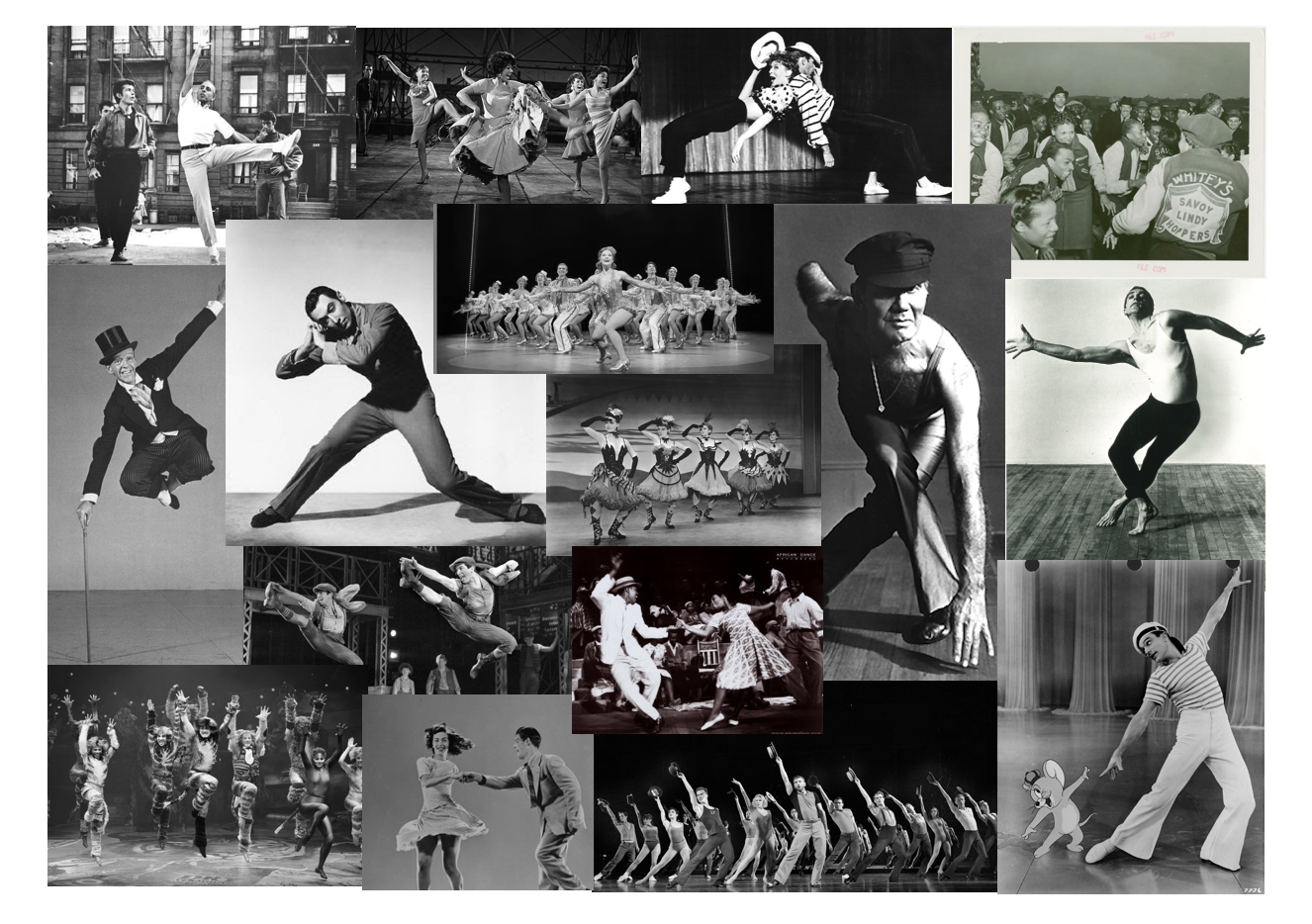 The history of dance is a rich and diverse journey that spans cultures, societies, and centuries. Dance has been an integral part of human expression, communication, and celebration throughout history. While it's impossible to cover every detail, here's an overview of the history of dance:
The history of dance is a rich and diverse journey that spans cultures, societies, and centuries. Dance has been an integral part of human expression, communication, and celebration throughout history. While it's impossible to cover every detail, here's an overview of the history of dance:
-
Prehistoric and Ancient Times (Prehistoric - 500 AD): Dance likely originated as a form of ritualistic expression, with early humans using movement to communicate with spirits and express emotions. In ancient civilizations such as Egypt, Greece, and Rome, dance played a role in religious ceremonies, social gatherings, and entertainment. These dances often told stories or honored gods and heroes.
-
Medieval and Renaissance (500 - 1600 AD): During the medieval period, dance continued to be part of religious rituals, courtly festivities, and folk traditions. In the Renaissance era, dance became more structured and refined, with a focus on courtly dances like the pavane and galliard. Dance masters and manuals emerged, documenting the intricate steps and etiquette associated with these dances.
-
Baroque Era (1600 - 1750 AD): The Baroque period saw the rise of elaborate and theatrical court dances, ballets, and masquerades. The French court under Louis XIV played a significant role in formalizing ballet as an art form. Ballet began to incorporate complex choreography, precise footwork, and elaborate costumes.
-
19th Century: Romantic Ballet and Folk Traditions (1800s): The Romantic era brought about a shift in ballet, emphasizing emotional expression and narrative storytelling. Ballets like "Giselle" and "Swan Lake" emerged during this time. Simultaneously, folk dances and nationalistic styles gained prominence as people explored their cultural heritage through dance.
-
20th Century: Modern Dance and Dance Revolutions (1900s): The 20th century witnessed a surge of innovation in dance. Modern dance pioneers like Isadora Duncan, Martha Graham, and Merce Cunningham broke away from traditional ballet to explore new forms of movement and expression. Jazz dance, tap dance, and various cultural dance styles also flourished during this period.
-
Contemporary Dance (Late 20th Century - Present): Contemporary dance emerged as a fusion of various styles and techniques, emphasizing creativity and personal expression. Choreographers like Pina Bausch and Alvin Ailey contributed to the diversity of dance by incorporating elements from different cultures and pushing artistic boundaries.
-
Street and Hip-Hop Dance (Late 20th Century - Present): Street dance forms such as hip-hop, breakdancing, and popping gained prominence, particularly in urban environments. These styles often originated as forms of self-expression within marginalized communities and have since become globally recognized and influential.
-
Cultural and Ethnic Dances: Throughout history, various cultures have preserved their unique dance traditions. Flamenco, Bharatanatyam, Odissi, Hula, and many other forms continue to be performed, often carrying deep cultural and spiritual significance.
-
Digital Age and Dance: In the 21st century, technology has influenced dance with the advent of digital media, allowing for the widespread sharing of dance performances and tutorials. Online platforms have enabled dancers from around the world to connect and learn from one another.
Dance continues to evolve, adapt, and reflect the changing times and cultural shifts. It remains a powerful form of expression, storytelling, and celebration across the globe.




